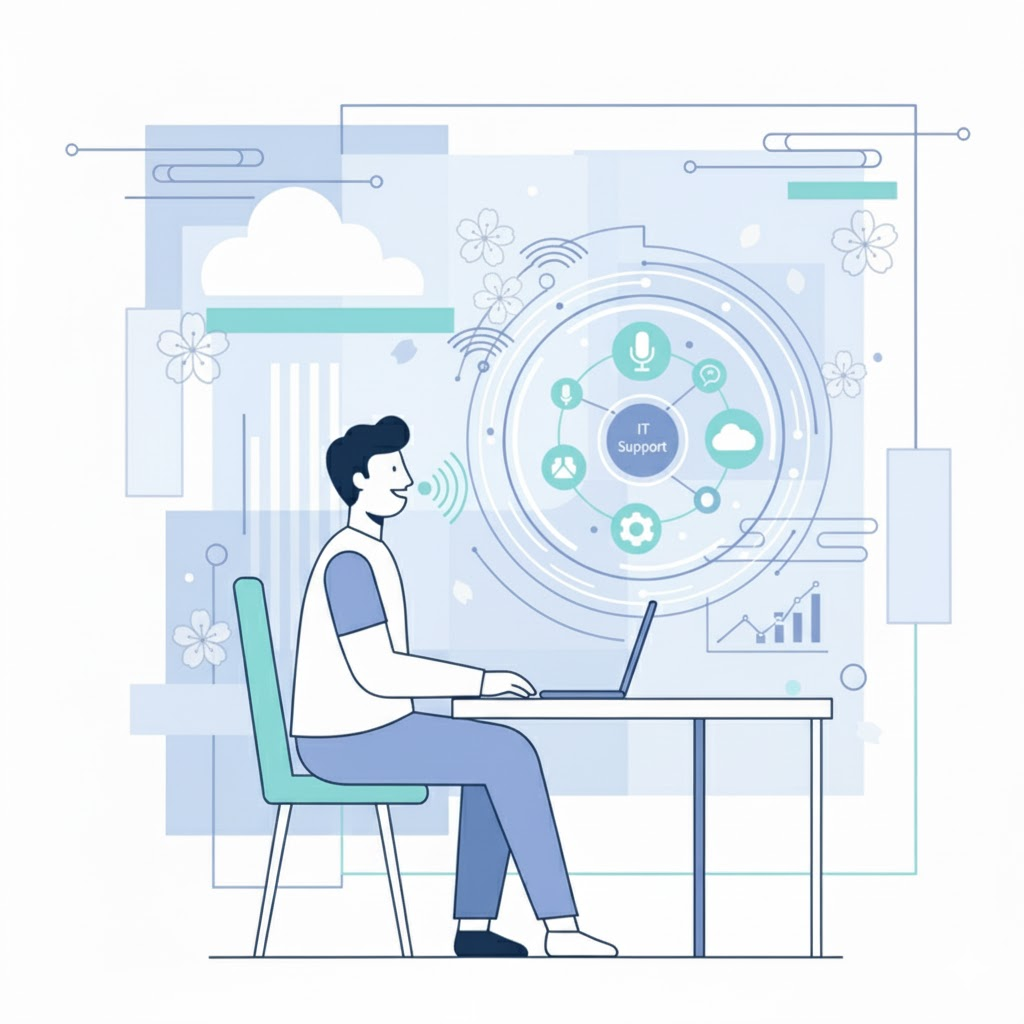
When we started our AI journey at Lakeside back in 2016, I made myself one promise: no AI-washing. We won’t guess without evidence. We won’t scrape unknown data. And we won’t hide how decisions are made. That promise shapes how we build and how we talk about SysTrack AI. Plain facts first, decisions on top.
EUC operations haven’t lacked for smart people or tools. What’s been missing is a way to connect decisions across teams without paying the swivel-chair, multi-console “UI tax.” SysTrack has always been the deep, first-party view of what’s happening on endpoints. SysTrack AI takes that truth layer and makes it useful everywhere: on the CIO’s laptop, at the helpdesk, in a user’s chat window, and inside the agentic apps you already rely on like ServiceNow and Microsoft Intune. The goal isn’t another pane of glass; it’s to make every pane you already own smarter and more honest.
Think about the kinds of decisions EUC teams make.
Investment decisions come first. Should we shift on-prem VDI to Windows 365? Which devices need to move to Windows 11, and what will that change, break or improve? When do AI PCs make sense? Those aren’t guesses; they’re bets. Good bets start with a baseline. With SysTrack you see the real fleet: hardware, drivers, apps, policies, utilization, and the experience people are actually having. You can ring changes, validate that a cohort stays healthy for a defined window, and expand with confidence. When someone asks whether an AI-capable device program will pay off, you can point to workload characteristics and measured experience deltas rather than a slide. Invest where the data says you’ll see an outcome—not where the demo sizzles.
Then there are support decisions. “My computer is slow” isn’t a category; it’s a state. The fastest way to close that ticket is to know what changed just before “slow” appeared: process spikes, disk contention, policy updates, a driver roll-out, a network issue. SysTrack captures that pre-failure context at the edge so you don’t waste cycles triaging symptoms. Edge vs. cloud isn’t a debate for us; it’s a design. Collect high-cadence facts on the device so you can act quickly; condense and normalize to the cloud so you can see trends, prove compliance, and plan. And then you automate: trigger on deterministic signals and enrich the action with the right context. That’s how you reduce the manual triage tax and keep false positives from becoming tomorrow’s backlog.
Finally, outcome decisions. What’s the best way to measure end-user experience? Is quantitative or qualitative sentiment more useful? The honest answer is “both.” Telemetry tells you what happened; feedback tells you how it felt. SysTrack AI blends device-level facts with light, privacy-conscious prompts so you can tie actions to experience by cohort, location, device class, and application. If a change didn’t improve DEX for real people, we shouldn’t call it a win. Around here we say, “If we can’t prove something, we didn’t improve anything.”
How does SysTrack AI actually break the silos? We kept it to three moves. First, collect trustworthy facts at the endpoint: wide coverage, high cadence, and identity you can rely on. Second, trigger and enrich flows on those facts; deterministic sensors to start, rich context (apps, dependencies, recent changes) to guide what happens next, whether the doer is an engineer, an end user, or an agentic app. Third, verify and measure the outcome; a validation window and an audit trail you can report back on from our platform or any other platform you choose. We want to be your EUC agent of record. When you run operations this way, UI silos stop mattering because the evidence travels with the work.
This approach is exactly why we play nicely with others. In fact, SysTrack AI is designed to run equally well “headless”. Orchestration platforms and managed services bring great playbooks; we bring the endpoint truth that makes those playbooks precise. We’re grateful for the partners who build with us, and we design SysTrack AI to be neighborly: Teams or Slack or even voice as a front door for end-users if you want it, ITSM systems enriched rather than superseded or bypassed, and a fresh, clean new GUI so you don’t need to rewire what’s already working.
There are a few things we’ll never do, and I want to be clear about them. We won’t guess without evidence. Anomalies without context create work, not value. We won’t skimp on data quality. Provenance matters to operations, to compliance, and to trust. And we won’t hide how diagnoses and decisions are made. If you can’t prove the chain from trigger to action to outcome, you can’t get better.
If you’re looking for a place to begin, pick one decision and let’s prove the delta together: Let’s start by turning “slow device” from a generic complaint into an evidence-based fix with measurable time saved based on real-time contextual data from the device rather than scraping knowledge bases and the web. Let’s analyze which users could benefit from an AI PC. Let’s measure the impact of Windows 11 on different user personas. We’ll meet you where you are. Bring your orchestration; we’ll bring the facts.
To the practitioners who carry the pager and the partners who help them succeed: thank you. We built SysTrack AI the way you work: carefully, with evidence, and with respect for your time. Because IT matters.
Subscribe to the Lakeside Newsletter
Receive platform tips, release updates, news and more



